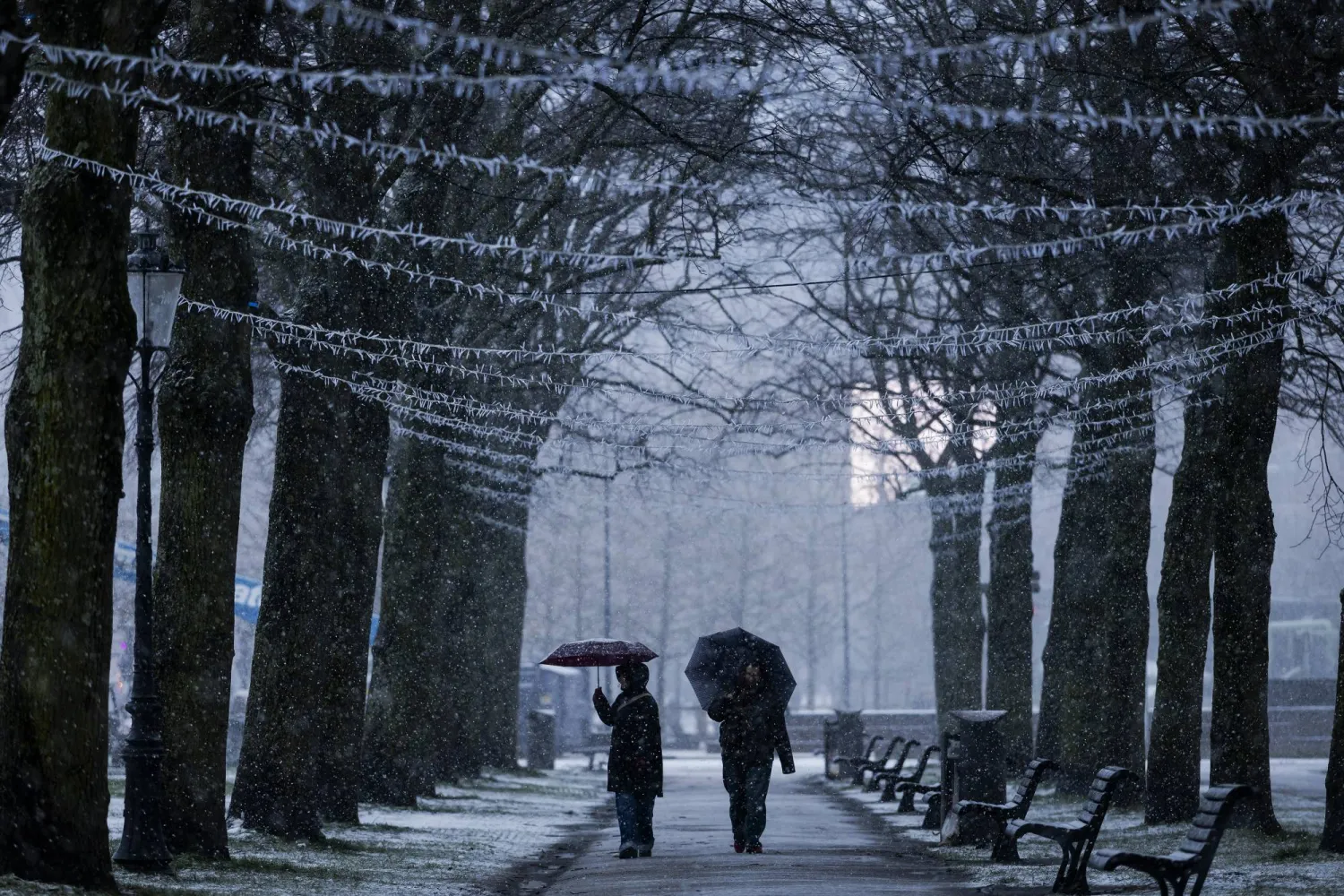Showcasing iconic architecture and storing slices of history, the Red Palace museum in Riyadh, Saudi Arabia, is considered a national landmark.
From March 13 to April 20, for two days a week, the palace is slated to display to visitors a number of possessions belonging to Saudi kings.
With King Abdulaziz, founder of Saudi Arabia, ordering the palace’s renovation in 1942 by his son, King Saud of Saudi Arabia, the building is nearly 80 years old today.
Soon after, the Red Palace’s doors were open to visitors, offering on display some of the Kingdom’s most treasured historical and archaeological artifacts. Beyond keeping log of national events and preserving relics, the building itself is Riyadh’s first-ever cement-built structure.
Until 1988, the Red Palace served as the headquarters of the Saudi Council of Ministers. The 16-wing architectural masterpiece is named after its apparent color.
Within its corridors, historic decisions were made, such as severing ties with France and Britain in 1956, stopping oil exports, and other stances that had global impact.
It also hosted several kings and heads of state and government, notably Gamal Abdel Nasser, Shukri al-Quwatli, Anwar Sadat, Jawaharlal Nehru and others.
Abdulla Al-Yami, author of “The Red Palace", says that the palace has electrical elevators and staircases that connect its floors which feature exceptional interior design and unique skeletal engravings.
The structure is also dotted with balconies that overlook breathtaking greenspaces.
In terms of design, Yami said the Red Palace is a genius work of architecture in terms of space distribution, unique design and meticulous execution. Its wings include sophisticated technologies and ceiling fans, as well as a rare skylight scheme.









